The content of the article
Finally, the long-awaited moment arrived, and the woman with the newborn baby is returning home from the hospital. The first and very important question that torments young mothers concerns proper diet. What foods can you eat and not fear for the health of the little man? Do lentils that are often used earlier in the diet have any harm in breastfeeding? Consider this product and its effect on infants.
The composition and beneficial properties of the product
Lentils - is one of the representatives of the legume culture. One third of its composition is protein. This product is very popular among vegetarians who replace meat dishes with it. Lentils also contain amino acids, one of which is isoleucine. It is this substance that cannot be produced by itself in the human body.Isoleucine can only be obtained with food. Lentils are also rich in lysine, the lack of which leads to a weakening of the immune system.
Lentil has a separate benefit for women. It contains isoflavones, whose presence in the body minimizes the risk of breast oncology. Lentils are also rich in iron, which is an excellent prevention of anemia.
Experts advise women to eat lentils that are under the heart of the baby. This product has in its composition such a substance useful for pregnant women as folic acid. For women who are breastfeeding, as well as for other lovers of lentils, this product is an excellent prevention from heart disease and vascular damage, colitis and diabetes.
Lentil, despite its nutritional value, contains almost no fat and is considered a low-calorie product. If a nursing mommy will eat it, then she can be sure that the body has all the necessary vitamins and other substances. Also, lentils do not have a negative effect on the figure, but, on the contrary, contributes to the restoration of harmony and fit.
Contraindications
Despite all its beneficial qualities, lentils also have a number of contraindications. Not all women can enter this product in their diet. Due to the high fiber content, lentils cannot be a permanent product in people who:
- have problems with the gastrointestinal tract;
- suffer from diseases of the joints;
- affected by gout;
- have a disease like biliary dyskinesia.
If you eat a large amount of lentils, it can cause flatulence. This problem is very bad for the nursing mother and baby. Therefore, before you enter this legume in your diet, it is recommended to consult with a pediatrician in advance.The specialist, given the state of health of the child, will give useful recommendations to the mother.
Rules for the use of lentils in the period of GW
Absolutely all legumes are capable of causing intestinal bloating in people. Nursing women are no exception. Lentils also have this unpleasant property. Therefore, you need to drive it into the diet even during pregnancy, so that the body is accustomed to such an interesting product.
Lentils has several varieties:
- beluga;
- Egyptian;
- green
- brown.
The important point is not the choice of the type of lentils for consumption, but what quality it is. Only whole grains that have no surface defects and an unpleasant odor should be purchased.
If a woman did not have any problems with the use of lentils while carrying a baby, then most likely she will be fine with breastfeeding. Nevertheless, experts advise all lactating mothers to follow a few simple recommendations on the use of this legume culture during lactation:
- Do not add lentils to the diet until the child is three months old.This is if the product is new and mom did not try it during pregnancy. This is important due to the fact that the digestive system in children is poorly developed. Therefore, you should not put her at risk by giving your baby untested products.
- For the first time it is better not to eat lentil grains, but to cook broth. A portion of this broth should not exceed one scoop.
- After the lentil has been introduced into the diet, the first day should be closely monitored for the child's condition, so as not to miss any changes in the work of his gastrointestinal tract. A nursing woman should be sure that lentils did not cause colic or flatulence in crumbs.
- After the broth, you can use the grains themselves, but at first they should not be more than 10 - 15 pieces. After their reception also need to carefully monitor the child. If everything is in order, then within a day the amount of used lentils can already be increased.
- You cannot eat more than 30 grains per day.
Lentils are perfect as an addition to vegetable stews, it is a great side dish for meat or fish. This product does not cause allergies, which is important for women during the period of GW. Of course, there are individual cases when the child has itching or a rash on the skin. If this happens, then lentils should be immediately removed from the diet.Again, try to enter it into your diet can be no earlier than a month later, adhering to all the recommendations described above.
Video: how to cook and cook lentils

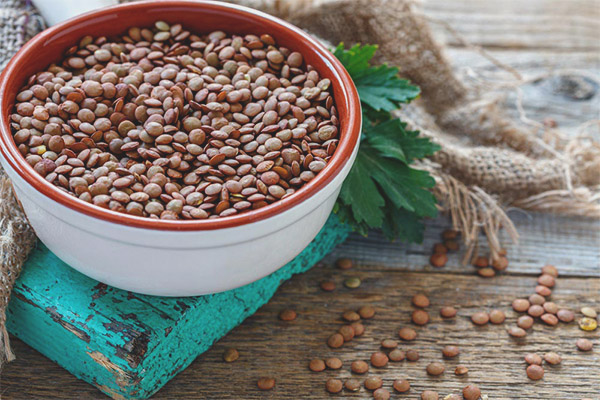
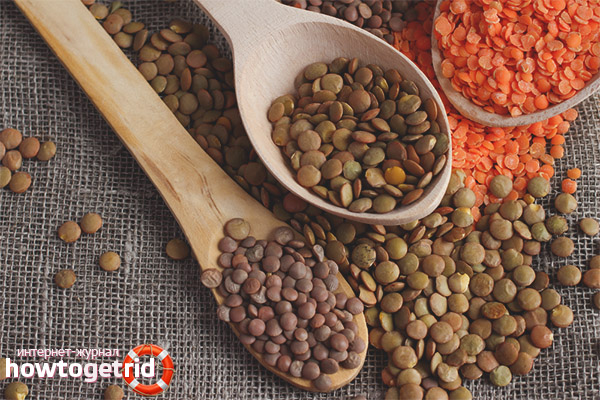


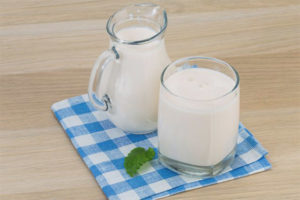

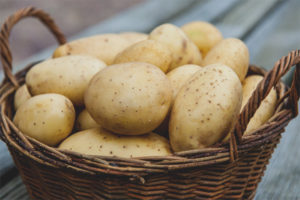
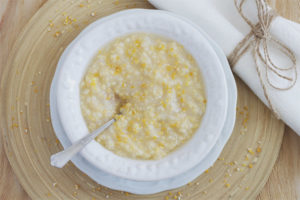
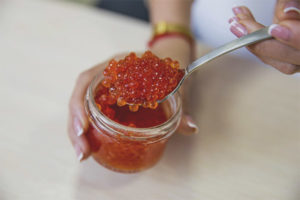
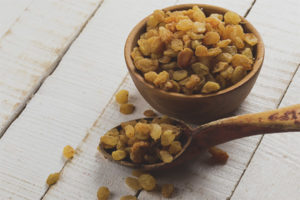
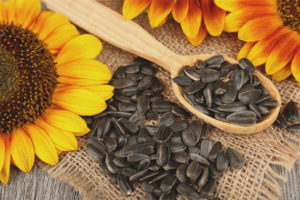
To send